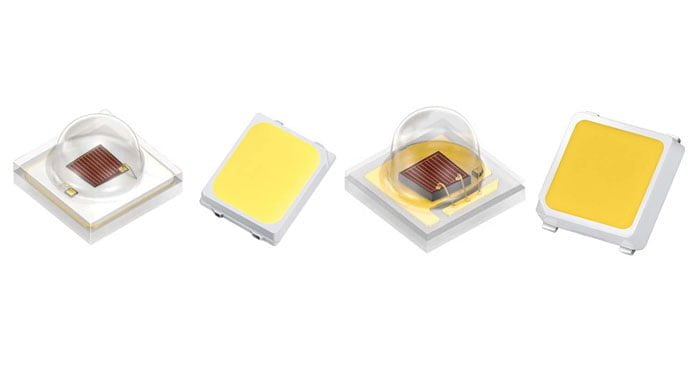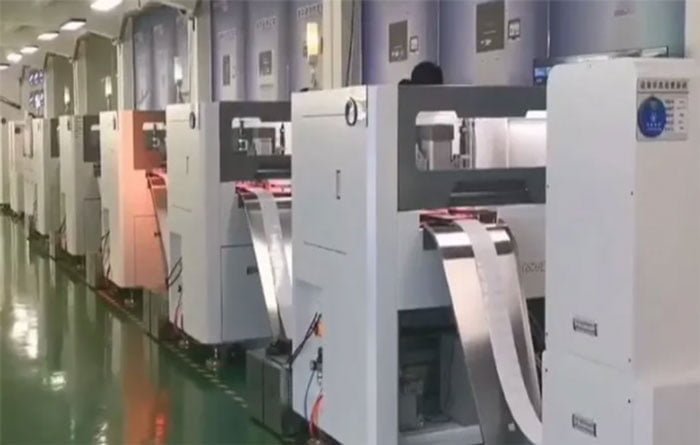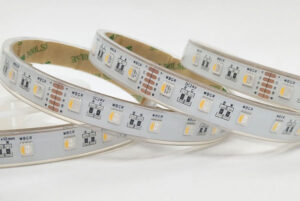As LED technology continues to advance and become more popular, the cost of LED luminaires has come down significantly. However, there is still room for improvement when it comes to cost-effectiveness. Cost reduction is a key concern for manufacturers of LED luminaires, and it is important to do it in a way that does not compromise the quality and performance of the product. Here are six top considerations to keep in mind when doing cost down of LED luminaires:
1.Use high-efficiency LED chips: The LED chips are one of the most critical components of LED luminaires, and they can have a significant impact on the overall cost of the product. Choosing high-efficiency LED chips can help to reduce the number of chips needed to achieve the desired brightness and color temperature, which in turn can reduce the overall cost of the luminaire.

2.High efficiency LED driver and non-isolated driver: LED driver efficiency is essential for the quality and life of lights, and also higher LED driver efficiency gives better light efficacy. Non-isolated driver can normally provide 2% higher efficiency and 20% lower price thus further reduce the cost and weight of lights.

3.Optimize thermal management: The thermal management of LED luminaires is critical for ensuring that the LEDs perform optimally and have a long lifespan. Proper thermal management can also help to reduce the number of LEDs needed to achieve the desired brightness, which can help to reduce the overall cost of the luminaire.

4.Use cost-effective materials: The use of cost-effective materials can help to reduce the overall cost of LED luminaires. For example, using aluminum instead of copper for heat sinks, or using plastic instead of metal for some parts of the luminaire, can help to reduce the overall cost of the product.
5.Simplify the design: Simplifying the design of the LED luminaire can help to reduce the overall cost of the product. This can involve reducing the number of components needed or simplifying the manufacturing process. However, it is important to ensure that simplifying the design does not compromise the quality and performance of the luminaire.
6.Reduce labor costs: Labor costs can be a significant part of the overall cost of LED luminaires. Reducing labor costs can be achieved by simplifying the design, reducing the number of components, or optimizing the manufacturing process.
7.Use automation: Automation can help to reduce the overall cost of LED luminaires by increasing efficiency and reducing labor costs. Automation can be used in the manufacturing process, for example, by using machines to assemble components or test finished products.

In conclusion, cost reduction is an important consideration for manufacturers of LED luminaires. By considering the 7 factors outlined above, it is possible to reduce the overall cost of LED luminaires while maintaining the quality and performance of the product. With the right balance of cost-effectiveness and performance, LED luminaires can become more accessible to a wider range of customers, helping to accelerate the adoption of this energy-efficient lighting technology





